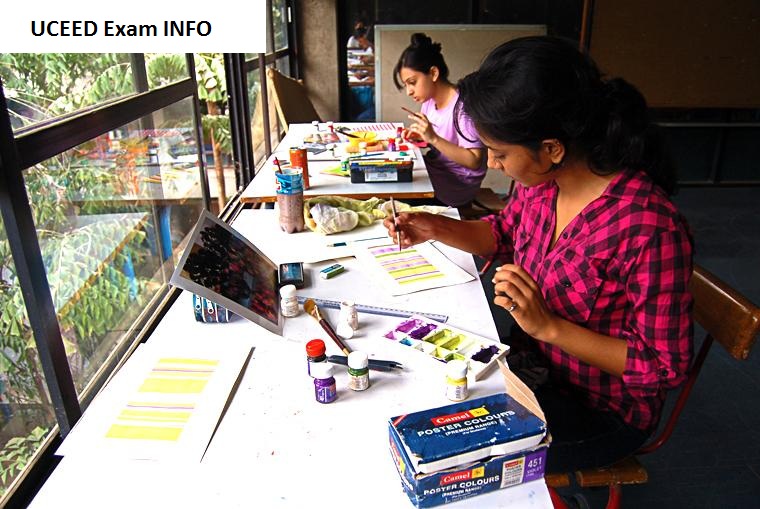UCEED Syllabus- Indian Institute of Technology (IIT) Bombay is the respective authority conducts the Undergraduate Common Entrance Examination for Design at the national level for aspirants seeking admission to its Bachelor Degree programme in Design (B. Des.). UCEED aspirants can find here complete exam syllabus for 2022 and by following the same they can start their preparation.
Having knowledge of the syllabus is extremely essential in case you are preparing for any entrance test. The syllabus provides you information about the topics going to be included in the test. The post is dedicated to UCEED syllabus and hence useful for its aspirants.
Syllabus of UCEED exam contains six major topics and they are- Visualization and spatial ability, Observation and design sensitivity, Environmental and social awareness, Analytical and logical reasoning, Language and creativity & Design thinking and problem-solving.
I’m detailing below all contents of UCEED syllabus, please have a look and follow the same if you want an exceptional level of preparation for the test.
Check Here- UCEED Syllabus
Visualization and spatial ability
Pictorial and diagrammatic questions to test, understanding of transformation and/or manipulation of 2D shapes and 3D objects and their spatial relationships, knowledge of practical and everyday mechanical and scientific concepts.
Check here- UCEED exam pattern
Observation and design sensitivity
Ability to detect concealed properties in ordinary things, people, situations, and events, and thinking critically about them. Applying attention to certain details, analysing, reasoning, classifying, inferring and predicting. Ability to discern subtle differences in visual properties and aesthetic outcomes.
Environmental and social awareness
General awareness of environmental factors such as climate, population, water, vegetation, pollution, weather, natural resources etc., and their implications on the design of products, images, infrastructure and environment. Awareness of social and cultural connection with design, history of the designed artefact, and socially responsible and environmentally sustainable design responses. History of art, sculpture and literature.
Analytical and logical reasoning
Ability to look at information, be it qualitative or quantitative in nature, and discern patterns within the information. Ability to weigh opinions, arguments or solutions against appropriate criteria. Ability to check for hidden bias or hidden assumptions and whether evidence and argument support conclusions. Ability to use logic and structured thinking to deduce from a short passage, which of a number of statements is the most accurate response to a posed question. Data Interpretation, brainteasers, and patterns.
Language and creativity
Ability to understand and use Standard English. Reading comprehension, knowledge of English grammar. Ability to think creatively in terms of alternatives, ability to distinguish innovative options and think out of the box.
Design thinking and problem solving
Ability to use visual analogies, metaphors, signs and symbols. Ability to understand complexity, identify problem, generate alternatives, evaluate options and select solutions.
Part-B will have question from the following topic:
Drawing
Ability to draw products, people or scenes in proportion with good line quality, composition, proportion, perspective, and shading.
For Latest Updates Please Subscribe our Telegram Channel: Here

